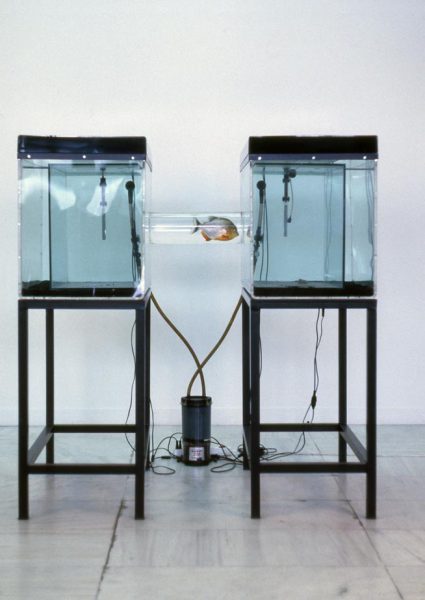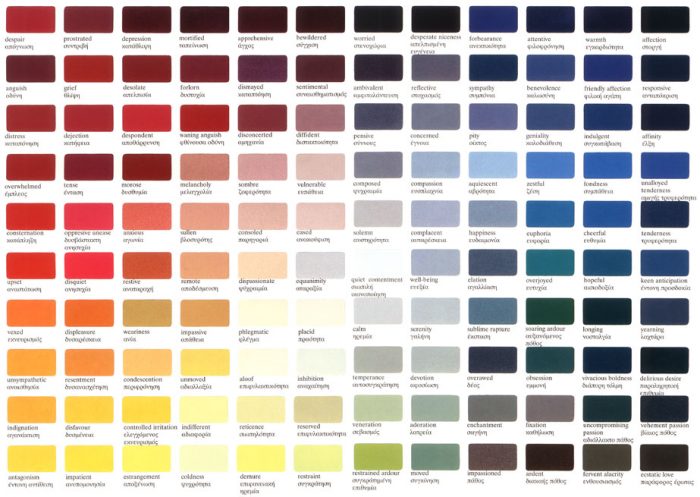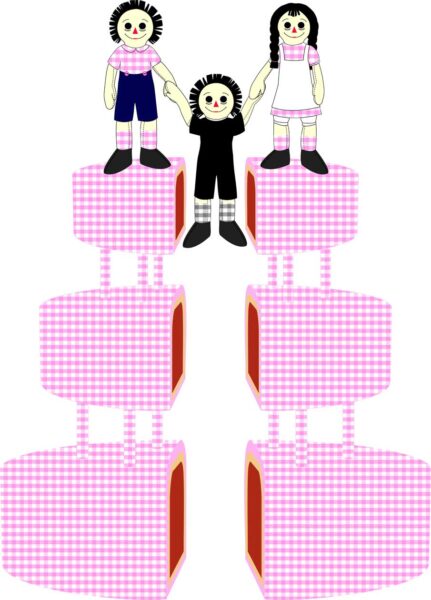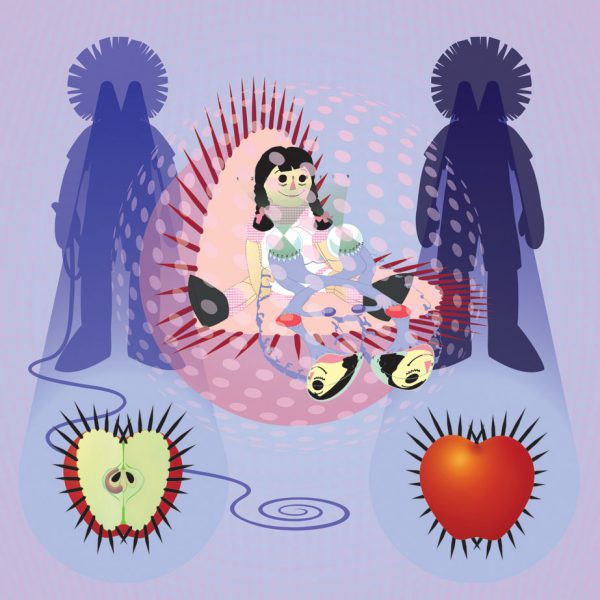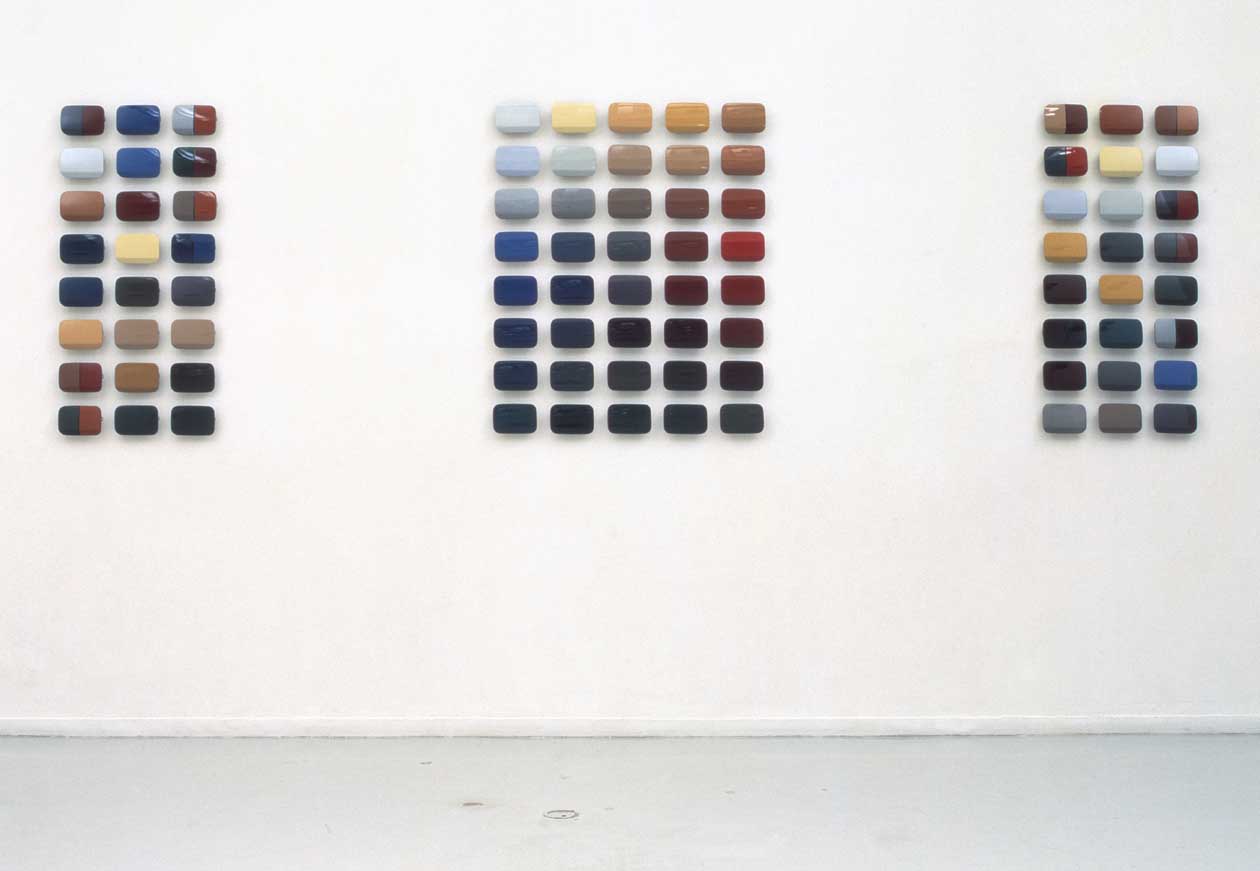
It is not so easy to isolate this contact – an internal thing on both sides [1]
A language-game: Report whether a certain body is lighter or darker than another. But now there’s a related one: State the relationship between the lightness of certain shades of colour. (Compare with this: Determining the relationship between the lengths of two sticks-and the relationship between two numbers.)-The form of the propositions in both language-games is the same: “X is lighter than Y”. But in the first it is an external relation and the proposition is temporal, in the second it is an internal relation and the proposition is timeless.[2]
i. A study of the emotional interaction between two individuals assumes the form of a chart, measuring intensity of emotion against time. A specific range of colours is used to indicate the range of emotions provoked throughout the relationship. Each emotion is colour-coded according to the following process: the emotions are arranged in a sequence according to their intensity and essential qualities. This emotional spectrum is superimposed onto a corresponding colour spectrum. The sequence of emotions/colours (resulting from the chronological appearance of each emotion throughout the couple’s interaction), forms two distinct configurations. Each configuration represents the emotional world of each individual.
2.14 What constitutes a picture is that its elements are related to one another in a determinate way.
2.15 The fact that the elements of a picture are related to one another in a determinate way represents that things are related to one another in the same way.[3]
ii. Each colour is a variable that corresponds to an emotion; it does not stand in an expressive or symbolic relation to it (numerical codes and mathematical variables do not embody the object they represent). But the configuration of emotions in the couple’s interaction is expressed by the configuration of colours. Since the relationship between the internal properties of the colours (their essence), corresponds to the relationship between the internal properties of the emotions.
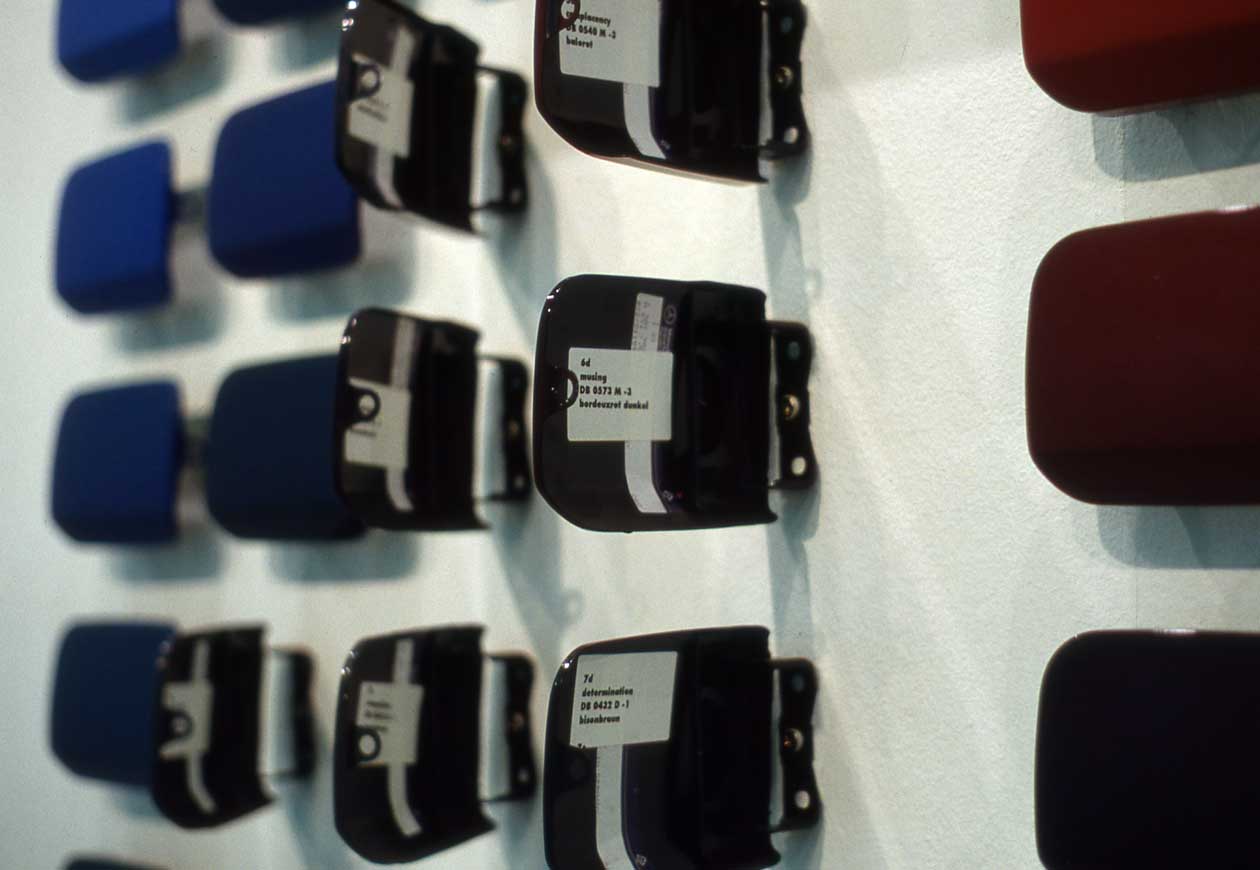
iii. The plot is loosely based on Quartet (nach Laclos) by Heiner Muller. The emotional interaction of Marteuil and Valmont is dominated by sudden shifts of mood, with swings between extremes. Their emotional changes follow discontinuous paths; each individual jumps from one state to another, seldom passing through phases of quiet contentment.[4]
[1] Georges Bataille, The Accursed Share: an essay on general economy, (New York, Zone), p.114
[2] Ludwig Wittgenstein, Remarks on Colour, (Oxford, 1990), p.2e
[3] Ludwig Wittgenstein, Tractatus Logico-Philosophicus, (London, 1993), p.9
[4] Whereas classical calculus describes smooth and continuous changes in a system; contemporary mathematics describe how two or more forces may interact to produce sudden and discontinuous changes. A cusp equation offers a way of modelling the closely entwined emotions of Valmont and Marteuil.
EXHIBITIONS Sophia Kosmaoglou: You Don’t Have To Say Please, Ileana Tounta Contemporary Art, Athens, 1998
COURTESY G. Papadimitriou Collection & the artist EDITION 1 + artist’s copy
Sophia Kosmaoglou LOVE WILL TEAR US APART, AGAIN (1998)
Automotive acrylic enamel on fuel tank lids, 130 x 395 x 5 cm.
